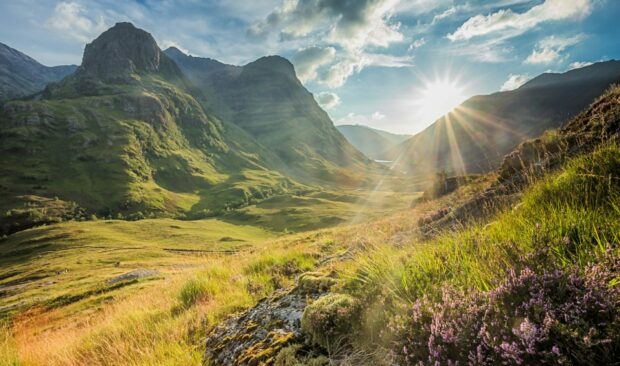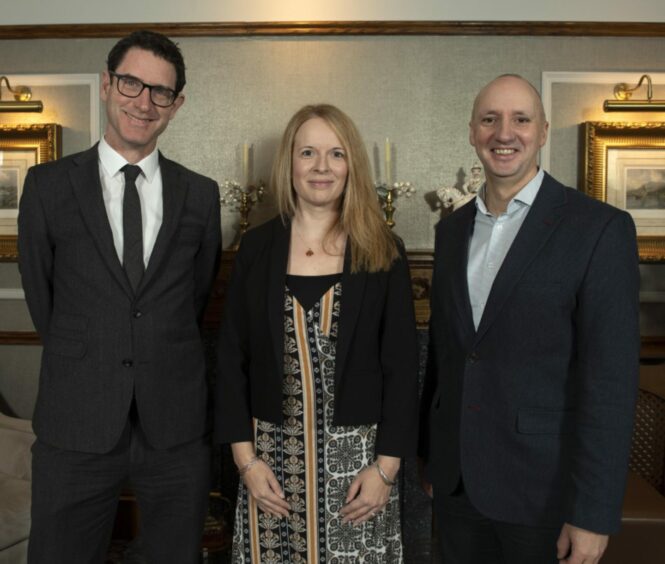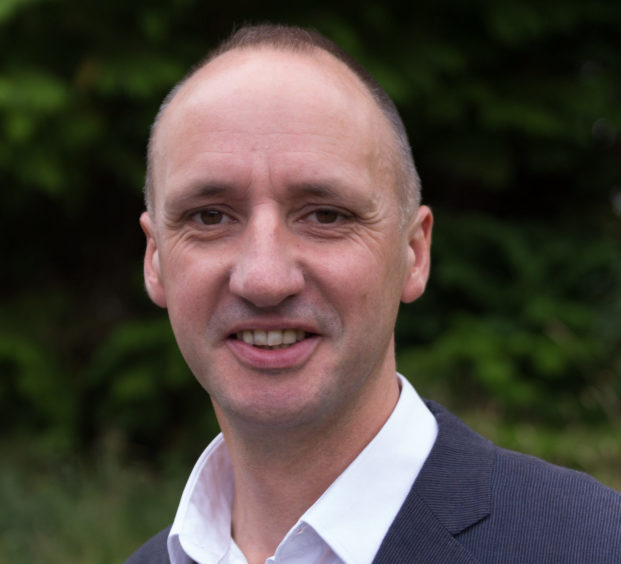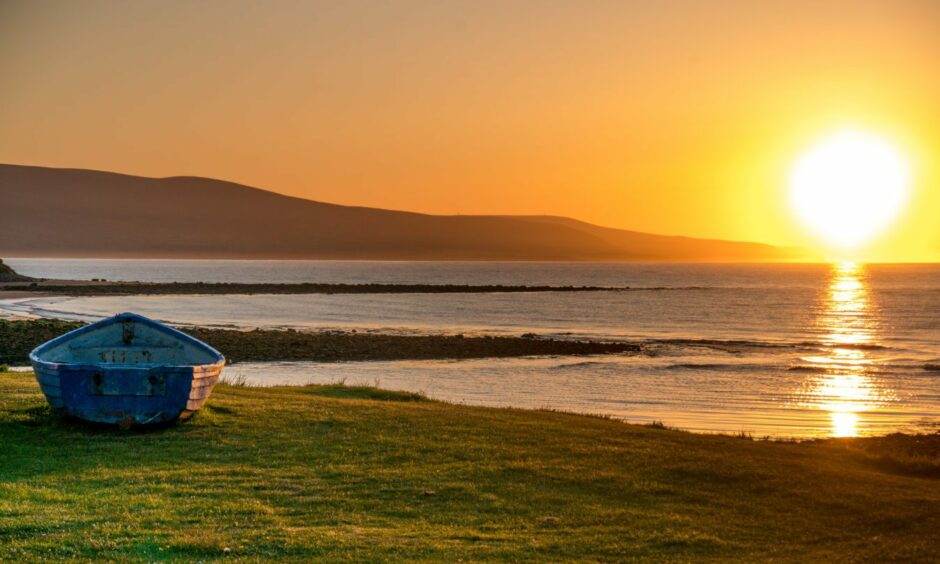More than 160 delegates from across the tourism and events industries attended the first Highland Tourism Conference in three years.
The VisitScotland and Highland Council event, held at Kingsmills Hotel in Inverness today, was back in the Highland capital for the first time since the Covid outbreak.
Delegates from across the Highlands and beyond heard presentations and took part in workshops and exhibitions focused on topics such as accessibility, digital decarbonisation, networking and green tourism.
David Watson of Kyle of Sutherland Development Trust, spoke about tourism infrastructure development.
Russell Fraser of Scottish Community Tourism (Scoto) told delegates about the Loch Ness Hub and gave an introduction to Scoto’s ambitions and work.
Meanwhile, Murray Ferguson, director of planning and place at Cairngorms National Park Authority, highlighted the community-led Badenoch the Storylands project, storytelling and authentic experiences.
Other speakers included Paddy Mathews, head of tourism organisation Failte Ireland, who shared insights into the development of Irish “experience brand” Hidden Heartlands.
Visit Inverness Loch Ness chief executive Michael Golding led a discussion on net-zero, while Rob Dickson, director of industry and destination Development at VisitScotland spoke about 2030 and beyond.
VisitScotland regional leadership director Chris Taylor said: “Our tourism industry has experienced considerable challenges during the past few years – the pandemic and now the rise in the cost-of-doing business, which is having a significant impact. There are also ongoing issues with staff retention and recruitment.
“Winter has traditionally been a quieter time of year for tourism but we are working to ensure visitors see the Highlands as a destination that offers something all year round.”
Visitor numbers expected to rise in 2023
Mr Taylor added: “It has been fantastic to see the return of domestic and international visitors to our region over the summer months and we want to see this continue.
“In 2023, we would expect to see visitor numbers increase once again, with many people seeking sustainable experiences from their visits.
“Clearly, the cost of living is causing concern and the time between making a booking and taking a trip is shortening, however, research also shows the underlying desire for holidays is strong.”
Mr Taylor acknowledged staff recruitment as one of the sector’s “key challenges”.
But he also highlighted work being done by Skills Development Scotland, local authorities and others to address housing issues affecting tourism.
He added: “With partners, we are already working on a range of initiatives to develop skills and talent as well as promoting the industry as a career of choice following the #LoveWhatYouDo recruitment campaign last year.
“This includes a Tourism and Hospitality Talent Development Programme and Scottish Leadership Programme delivered as part of the Tourism Recovery Programme. A tourism skills group is also working to help industry to identify and address skills capability issues faced by the sector.”
The VisitScotland director said there was “strong pent-up demand”, with visitors from North America nearly back to pre-pandemic levels and healthy bookings with travel operators for 2023.
Compared with visitors from the UK, those from across the Atlantic typically stay longer and spend more.
The sector has seen a significant increase in pay.”
Chris Taylor, regional leadership director, VisitScotland.
The current economic situation may lead to an increase in inbound visitors keen to take advantage of favourable exchange rates.
But these conditions also impact on recruitment and staffing, as workers gravitate to those employers paying the highest wages amid cost-of-living challenges.
“We’ve been encouraging tourism businesses to promote fair work practices, including paying the living wage,” Mr Taylor said, adding: “The sector has seen a significant increase in rates of pay in the past year, recognising the value of staff.”
‘Difficult decisions’
“With the increased cost of materials, staff and energy, combined with double-digit inflation, this crisis is being felt by every business in Scotland.
“Many businesses are facing difficult decisions and having to consider how they adapt their operations to manage the cost challenges.
“Having experienced considerable difficulty during Covid, Scotland’s tourism industry is now facing severe economic challenges and we know the rise in the cost-of-doing-business is having a significant impact.”
Brexit has also proved challenging, particularly for staffing, with the situation exacerbated by the pandemic.
Many Europeans without settled status returned home and while new visa arrangements are in place, the new processes coupled with the relative weakness of the pound against the Euro, mean fewer Europeans are choosing to work in the UK.
Mr Taylor said The Rural Tourism Infrastructure Fund, established by the Scottish Government in 2018 and managed by VisitScotland, was helping.
Highland projects supported
To date, grants totalling £18 million have been awarded to 74 projects.
This includes 29 projects in the Highlands, including a strategic infrastructure plan setting out future priorities for tourism infrastructure across the region.
Projects that can be supported include parking, motorhome facilities, viewpoints, footpaths and toilet provision, as well as electric vehicle and e-bike charge points.
The latest round of funding included £243,218 for public toilets, £350,000 for new and upgraded paths from Glencoe village into Glencoe National Nature Reserve and £500,000 for an expansion of the beach car park and new toilets at Achmelvich, near Lochinver.
Mr Taylor said: “It is also hugely encouraging that despite the challenges facing the industry there has been continued investment in the Highlands’ tourism offering.”



